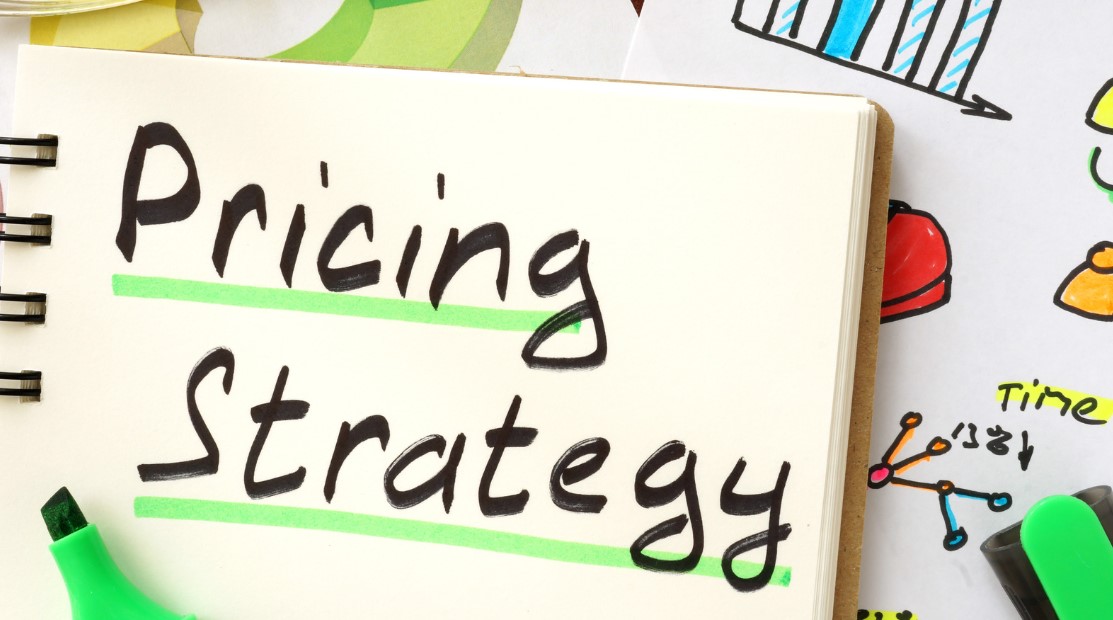Deciding how to price a product is a crucial decision for any business. Setting the right price can impact profitability and customer perception. To determine the best pricing strategy, it’s important to consider factors such as market research, cost calculation, and profit margin. There are various pricing strategies to choose from, including cost-plus pricing, value-based pricing, competitive pricing, and more. Understanding these strategies and their implications can help businesses maximize profits and appeal to their target market.
How to Price a Product?
The pricing process involves several steps that small businesses can follow to determine the optimal price for their products. By carefully considering market research, costs, and profit margins, businesses can set prices that are both competitive and profitable.
1. Research the Market
Before pricing a product, it’s important to conduct market research and analyze what competitors are charging for similar products. This will provide valuable insights into pricing trends and help identify unique selling points that can justify higher prices.
2. Calculate Costs
To determine the selling price of a product, businesses need to calculate all the costs associated with its production. This includes variable costs like supplies and packaging, as well as fixed costs such as rent and wages. Adding these costs together will help determine the break-even cost per unit.
3. Set a Profit Margin
Adding a profit margin to the break-even cost is essential for ensuring profitability. The markup percentage will depend on various factors, including the industry and target customers. It’s important to consider factors such as customer perception, market demand, and the value proposition of the product when setting the profit margin.
4. Regularly Review and Adjust Prices
Pricing is not a one-time decision. It’s important to regularly review prices based on customer feedback and market conditions. Monitoring competitor pricing, customer preferences, and industry trends can help businesses stay competitive and adjust prices accordingly.
| Selling Price Formula | Example Calculation |
|---|---|
| Selling Price = Total Cost + (Total Cost x Markup Percentage) | Selling Price = £10 + (£10 x 0.25) |
Example: Let’s say the total cost of producing a product is £10, and the desired markup percentage is 25%. The calculation would be as follows: Selling Price = £10 + (£10 x 0.25) = £12.50.
By following these steps and using the appropriate pricing formula, small businesses can price their products effectively, ensuring profitability while meeting customer needs. Regularly monitoring and adjusting prices based on market conditions will help businesses remain competitive and successful.

Different Pricing Strategies
In addition to cost-plus pricing, businesses can consider various other pricing strategies to optimize their pricing approach. These strategies include value-based pricing, competitive pricing analysis, and pricing psychology.
Value-Based Pricing
Value-based pricing focuses on determining a product’s price based on its perceived value rather than solely considering the production or acquisition cost. This strategy allows businesses to charge higher prices for unique or premium products that offer exceptional value to customers. By aligning the price with the perceived benefits and advantages of the product, businesses can position themselves as providers of high-quality offerings.
Competitive Pricing Analysis
Competitive pricing analysis involves evaluating the prices set by competitors in the market. Businesses can either match or slightly undercut competitor prices to attract customers. By closely analyzing the pricing strategies of competitors, businesses can position themselves competitively and capture their fair share of the market. However, it’s essential to consider other factors such as product differentiation, brand reputation, and additional value propositions to understand how to appropriately price products in relation to competitors.
Pricing Psychology
Pricing psychology recognizes the influence of psychological factors on customer perception and purchasing decisions. Businesses can leverage various pricing techniques to shape customer perception and enhance the perceived value of their offerings. For example, using round numbers, such as £10 or £20, can make a product appear more affordable and accessible. Offering optional extras or bundles can also create a sense of added value and increase the attractiveness of the product.
By incorporating value-based pricing, competitive pricing analysis, and pricing psychology into their pricing strategies, businesses can effectively position their products in the market and cater to customer preferences.

The Importance of Testing and Iteration
Pricing is a crucial aspect of any business strategy, and finding the right price for a product can have a significant impact on its success. However, pricing is not a one-time decision. It requires continuous testing and iteration to ensure that the chosen pricing strategy is effective and aligned with market dynamics and customer preferences.
Market demand, competition, and customer preferences can change over time, necessitating regular evaluation and adjustment of pricing strategies. By monitoring customer reactions closely and gathering feedback, businesses can make informed decisions about pricing adjustments.
For new products, pricing strategy formulation is particularly important. When introducing a new product to the market, businesses face the challenge of determining the optimal price that maximizes profitability while appealing to potential customers. Conducting market research and analyzing similar products in the market can provide valuable insights into pricing expectations and competitive positioning.
- Conduct Market Research: Market research helps businesses understand customer needs and expectations, as well as the prices that competitors charge for similar products.
- Analyze Competitors: Analyzing competitor pricing strategies allows businesses to identify opportunities for differentiation and positioning.
- Set Initial Pricing: Based on market research and competitor analysis, establish an initial price that aligns with the product’s value proposition.
- Monitor Customer Reactions: Gather feedback from customers and track sales performance to gauge the effectiveness of the initial pricing strategy.
- Adjust Pricing: Use the data obtained from customer feedback and sales performance to make adjustments and refine the pricing strategy.
Collecting and analyzing data on pricing effectiveness is essential to inform future pricing decisions. By evaluating the impact of pricing changes on sales volume, profit margins, and customer perceptions, businesses can gain insights into the optimal pricing strategies for their products.
| Benefits of Testing and Iteration: |
|---|
| 1. Improved profitability |
| 2. Enhanced customer appeal |
| 3. Competitive advantage |
| 4. Better understanding of market dynamics |
Through strategic testing and iteration, businesses can find the right balance between profitability and market appeal. By continually evaluating and adjusting pricing strategies, businesses can stay ahead of the competition and meet the ever-changing needs and expectations of their target customers.

Conclusion
Pricing a product in the UK requires a thoughtful approach, taking into account factors such as market research, cost calculation, and profit margin. Businesses should aim to strike a balance between maximizing profitability and appealing to their target market. Regularly reviewing and adjusting prices based on customer feedback and market conditions is crucial for staying competitive.
To simplify the pricing process, businesses can leverage product pricing calculators and tools available. These tools enable accurate and efficient calculation of costs and profit margins, resulting in well-informed pricing decisions. By adopting effective pricing strategies and remaining responsive to market dynamics, businesses can set prices that drive success and growth in the retail sector.
Remember, pricing isn’t a one-time decision; it’s an ongoing process that requires adaptability and agility. By staying informed about market trends and customer preferences, businesses can make informed adjustments to their pricing strategies. Whether in the UK or any other retail environment, finding the right price point is crucial for achieving sustained profitability and customer satisfaction.





